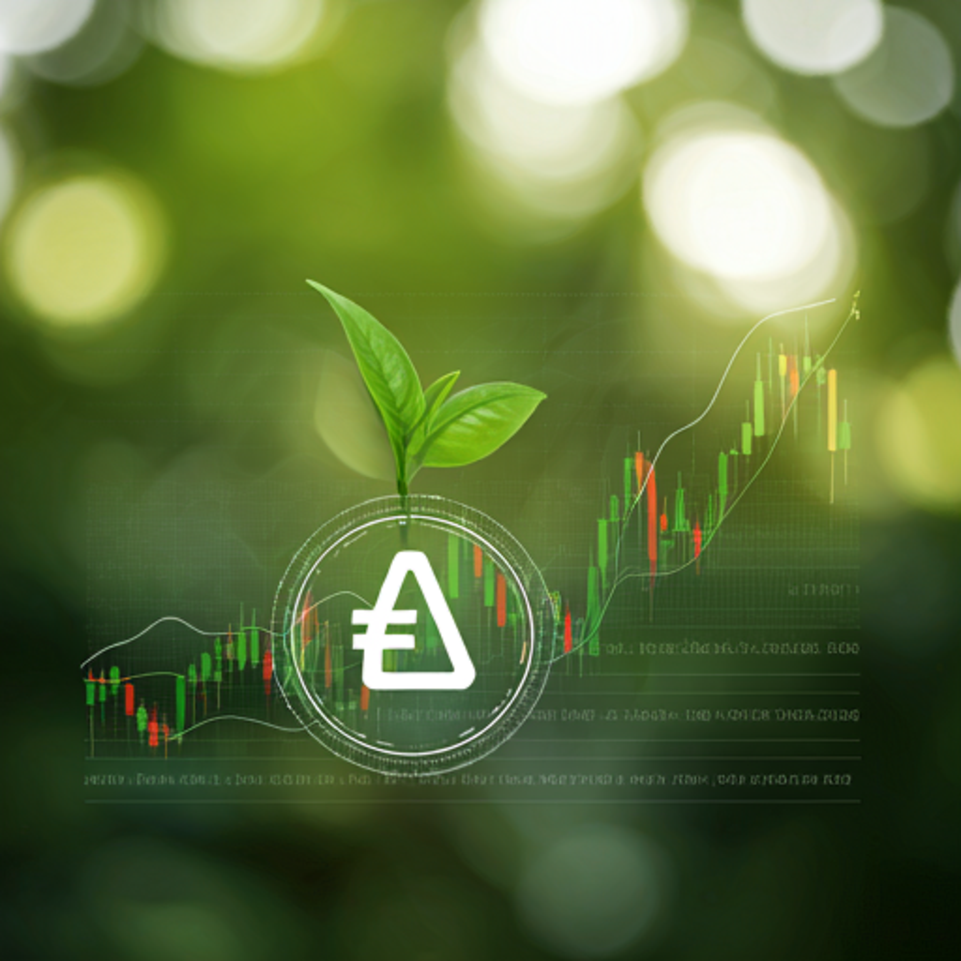Sustainable Investing: Balancing Profits and Environmental Impact
Definition and Importance
Sustainable investing refers to the practice of making investment decisions that consider both financial returns and environmental impact. This approach is increasingly important as investors seek to align their portfolios with their values. He recognizes that financial performance can coexist with ecological responsibility. It’s a win-win situation. By integrating sustainability into investment strategies, he can contribute to positive environmental outcomes while still achieving profit. This dual focus is essential in today’s market. Many investors are now prioritizing companies that demonstrate a commitment to sustainable practices. It’s about making informed choices. Ultimately, sustainable investing reflects a growing awareness of the interconnectedness of financial health and environmental stewardship. This is the future of investing.
Historical Context and Evolution
Sustainable investing has evolved significantly over the decades. Initixlly, it emerged as a response to social and environmental concerns. Investors began to recognize the impact of their choices. This awareness led to the development of socially responsible investing (SRI) in the 1960s. He understands that this was a pivotal moment. As the movement grew, it incorporated environmental, social, and governance (ESG) criteria. This shift marked a broader understanding of investment implications. Many investors now seek to support companies with sustainable practices. It’s a conscious decision. The evolution of sustainable investment reflects changing societal values . This trend is gaining momentum.
The Role of Cryptocurrency in Sustainable Investing
Green Cryptocurrencies and Their Impact
Green cryptocurrencies are designed to minimize environmental impact. They utilize energy-efficient consensus mechanisms, such as proof of stake. This approach significantly reduces energy consumption compared to traditional mining. He notes that this is crucial in addressing climate change. Many investors are increasingly drawn to these eco-friendly options. It reflects a growing demand for sustainable practices. Projects like Cardano and Algorand exemplify this trend. They prioritize sustainability while offering robust financial solutions. By investing in green cryptocurrencies, he supports innovation in the financial sector. This is a responsible choice. The potential for positive environmental impact is substantial. It’s an opportunity for change.
Challenges and Opportunities in the Crypto Space
The cryptocurrency space presents both challenges and opportunities for sustainable investing. Key challenges include regulatory uncertainty and market volatility. These factors can deter traditional investors. He understands that navigating thesw complexities requires expertise. Additionally, the environmental impact of mining remains a concern. However, opportunities also exist.
These developments can enhance the credibility of cryptocurrencies. He believes that aligning financial goals with environmental responsibility is essential. This alignment can attract a broader investor base. It’s a promising direction for the future.
Evaluating Environmental Impact
Metrics for Measuring Sustainability
Measuring sustainability requires specific metrics to evaluate environmental impact effectively. Common metrics include carbon footprint, water usage, and waste generation. He recognizes that these indicators provide a clear picture of a project’s ecological footprint. By analyzing these factors, investors can make informed decisions. It’s essential to consider both direct and indirect impacts.
These metrics help identify areas for improvement. He believes that transparency in reporting is crucial. It fosters trust among stakeholders. Investors increasingly demand accountability in sustainability efforts. This trend is reshaping investment strategies. It’s a necessary evolution.
Case Studies of Successful Sustainable Investments
Several case studies illustrate successful sustainable investments. One notable example is Tesla, which focuses on electric vehicles and renewable energy solutions. This approach significantly reduces carbon emissions. He notes that Tesla’s commitment to sustainability has attracted a loyal investor base. Another example is Unilever, which integrates sustainability into its supply chain.
Key factors include:
These strategies enhance brand reputation and drive profitability. He believes that such investments demonstrate the potential for financial returns alongside environmental benefits. This dual focus is increasingly appealing to investors. It’s a smart choice.
Strategies for Balancing Profits and Environmental Goals
Investment Approaches and Best Practices
Effective investment approaches require a strategic blend of financial acumen and environmental consciousness. He emphasizes the importance of integrating ESG criteria into investment analysis. This method allows for a comprehensive evaluation of potential risks and returns. Additionally, diversifying portfolios with green assets can mitigate volatility. It’s a prudent strategy.
Best practices include:
These practices enhance accountability and transparency. He believes that aligning financial goals with environmental objectives is essential for long-term success. This alignment fosters investor confidence. It’s a necessary evolution in investment strategy.
Risk Management in Sustainable Investments
Risk management in sustainable investments is important for balancing financial returns and environmental goals. He emphasizes the need for a robust framework to identify and mitigate potential risks. This includes assessing regulatory changes that may impact sustainability initiatives. Understanding these factors is essential.
Key strategies involve:
These strategies enhance resilience against unforeseen challenges. He believes that proactive risk management fosters long-term stability. It’s a vital component of sustainable investing. Investors must remain vigilant. This approach ensures alignment with both profit and purpose.
The Future of Sustainable Investing in Cryptocurrency
Trends and Innovations tp Watch
The future of sustainable investing in cryptocurrency is shaped by emerging trends and innovations. He notes that decentralized finance (DeFi) platforms are increasingly prioritizing sustainability. These platforms often utilize energy-efficient protocols, reducing their carbon footprint. This shift is significant.
Key trends include:
These developments enhance accountability and attract socially conscious investors. He believes that regulatory frameworks will evolve to support sustainable practices. This evolution is essential for long-term viability. Investors should stay informed. It’s an exciting time for sustainable cryptocurrency.
Regulatory Landscape and Its Implications
The regulatory landscape for cryptocurrency is evolving rapidly, impacting sustainable investing. He observes that governments are increasingly focusing on environmental standards. This shift aims to ensure that crypto projects adhere to sustainability principles. It’s a necessary development.
Key regulatory implications include:
These regulations can enhance investor confidence and promote responsible practices. He believes that compliance will become a competitive advantage. This trend is crucial for attracting institutional investors. Investors must stay updated on regulatory changes. It’s vital for informed decision-making.
